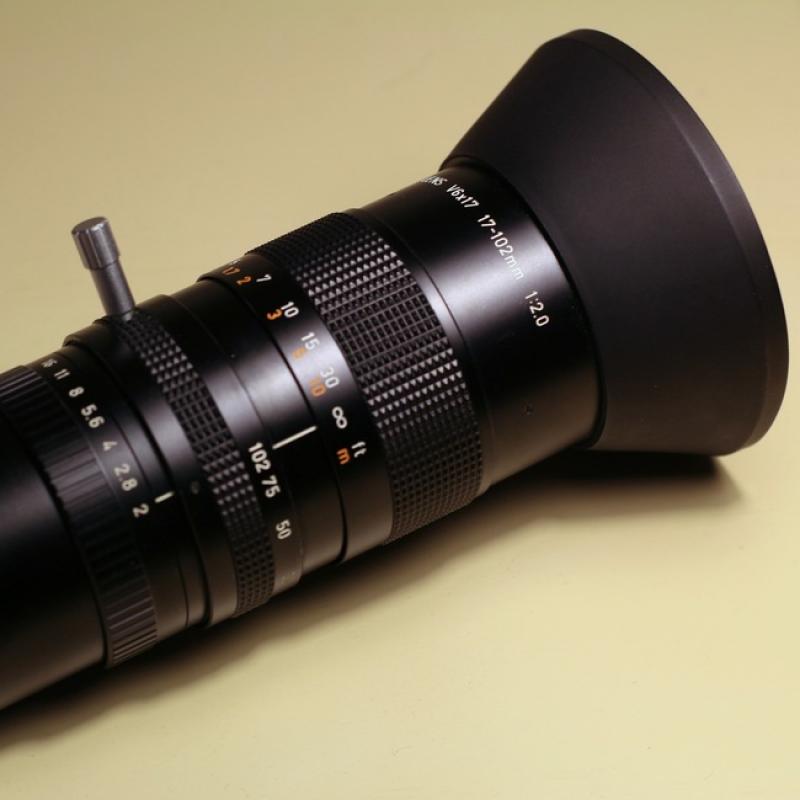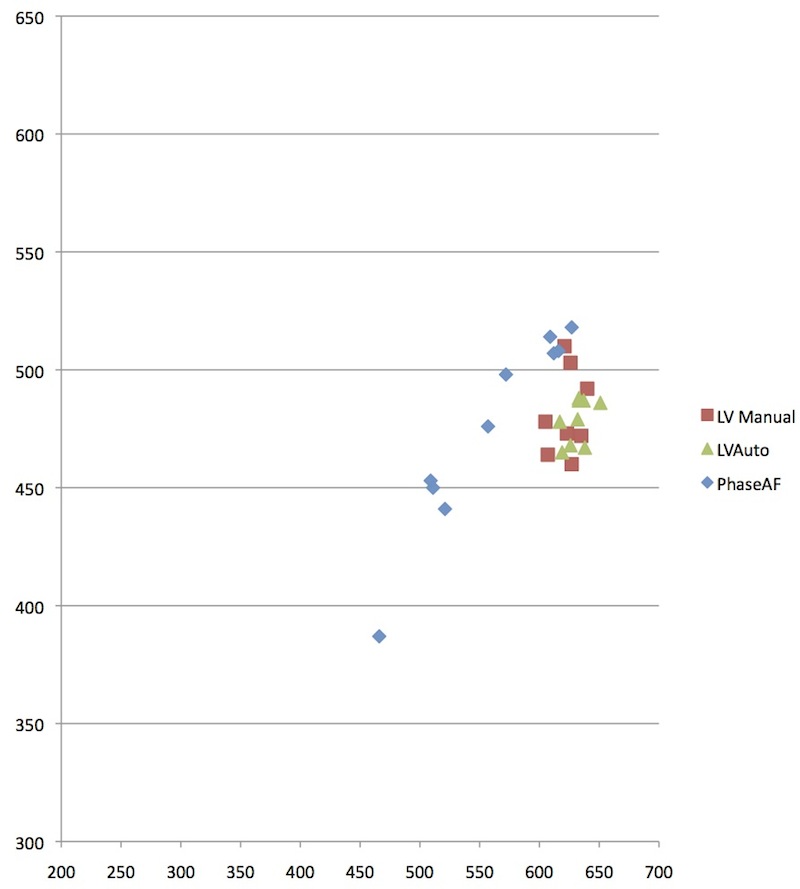

Short telephoto lens: A short telephoto lens ranges from between 85mm and 135mm. The nifty 50 is often described as the best all round lens as it is a good choice in most situations. The standard lens is anywhere between 35mm and 85mm. Standard lens: A standard lens will reproduce what the eye can see in terms of perspective and angle of view. These range from 24mm to 35mm and are suitable for a range of photography from landscapes to group portraits. Wide angle: These lenses are still quite wide, providing a wider range of view than seen with the human eye. A 24mm lens is perfect for photographing the sky at night. They are really useful for wide panoramas, cityscapes and interiors when travelling. these are sometimes called fish eye lenses as they distort the image quite a lot. Ultra wide angle: This is anywhere from 8mm to 24mm. These are really useful for nature photography giving incredible details of small creatures and are usually in the short telephoto range between 85mm and 150mm. They are designed to take photographs that are incredibly sharp when taken close to the subject. Macro lens: A macro lens is used for close up photographs, known as macro photographs. The formats described here are for a 35mm format rather than a medium format which is slightly different. Below 35mm and the object you are photographing will seem further away, larger than 35mm and the object will appear close. To replicate what the eye can see a focal length of between 35mm and 50mm is needed. The larger the number, the more magnification. The focal length describes the amount of magnification that the lens can achieve. Less moving parts means that the lens is smaller and lighter than a zoom lens making it perfect for travel photography.ġ. They have far less moving parts than a zoom lens and quite often a wider aperture making them useful in low light environments. The benefit of this type of lens is the quality of the images that you can achieve. Prime lensesĪ prime lens is one that is fixed at one focal length. The 55mm end of the lens range is good for portrait and close up details. The 18mm is moderate wide-angle lens which is good for architecture, landscapes and general portrait use. 18-55mm lenses are good all round lenses and perfect for getting used to your camera and your photography style. These are usually 18-55mm and a far better than many people give them credit for. Kit LensesĪ kit lens is the lens your camera comes with. Both have their pros and cons and it is worth knowing these before you start looking at the finer details. When looking at lenses for DSLR and mirrorless cameras there are two types of lenses – prime and zoom. These glass plates bend the light and refract (focus) it into a single sharp focal point.
SELECT THE RIGHT ZOOM LENS MM F STOP SERIES
It is made up of a series of glass plates which are concave (curved inwards) and convex (curved outwards). This means that the image is sharp and correctly exposed.

The lens clicks onto the front of the camera and is used to focus the light onto the sensor within the body of the camera.


 0 kommentar(er)
0 kommentar(er)
